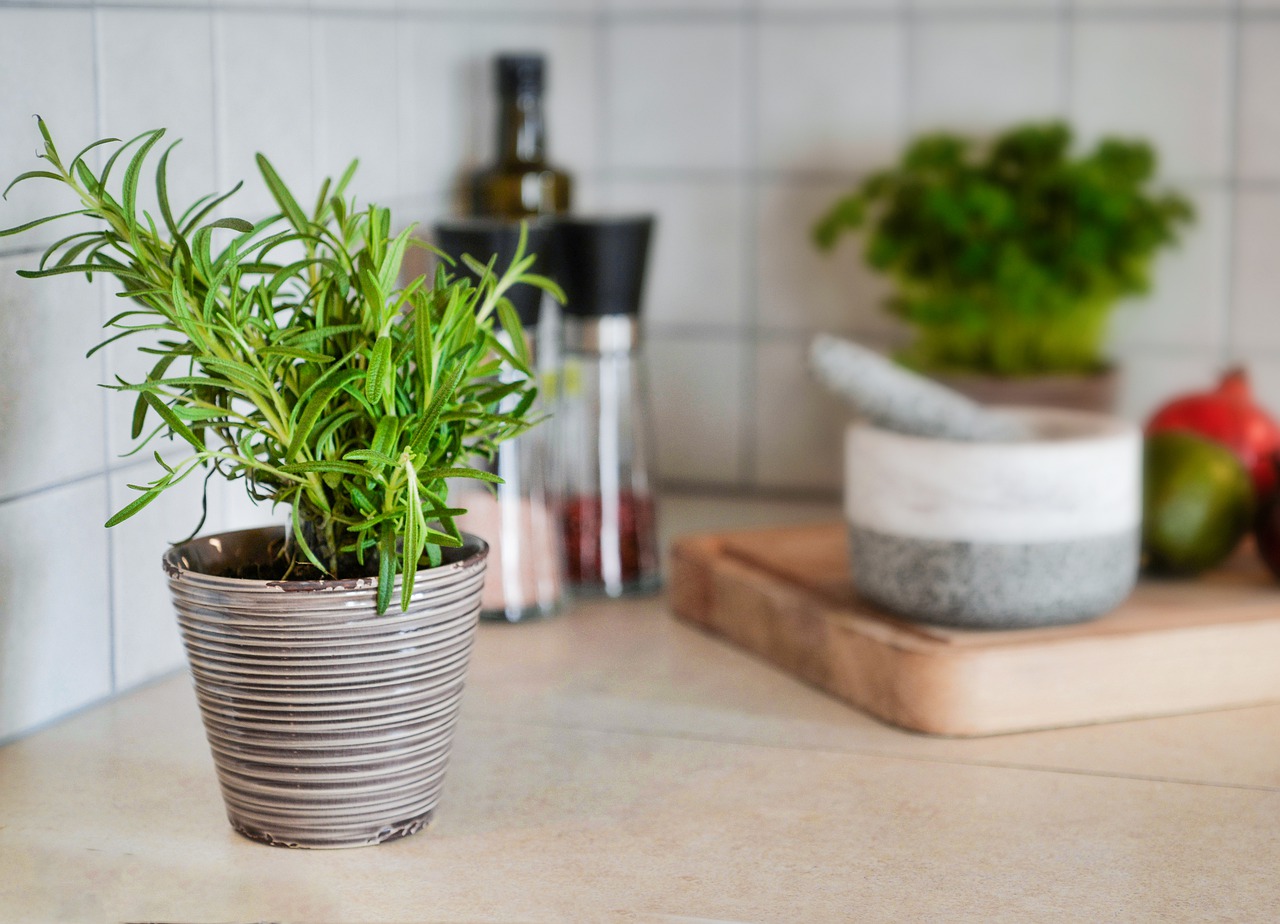 Winter is just around the corner, and for many homeowners, this means preparing the house for cooler weather, dragging out the patio heater, and finding new ways to grow your favorite herbs. While some herbs can live outside all year once they’re established, most need to be started indoors. Many types of common herbs thrive in warm kitchen environments. If space in your kitchen is minimal, just choose the herbs that you cook with most frequently and reserve a small corner of your kitchen for growing.
Winter is just around the corner, and for many homeowners, this means preparing the house for cooler weather, dragging out the patio heater, and finding new ways to grow your favorite herbs. While some herbs can live outside all year once they’re established, most need to be started indoors. Many types of common herbs thrive in warm kitchen environments. If space in your kitchen is minimal, just choose the herbs that you cook with most frequently and reserve a small corner of your kitchen for growing.
Choose Your Herbs
Growing herbs in your kitchen is easy, rewarding, and highly convenient. Plenty of herbs can be grown indoors, such as chives, lemon balm, mint, basil, parsley, and cilantro. Other easy herbs to grow inside include thyme, oregano, lemongrass, bay, rosemary, sage, and tarragon. When choosing herbs for your kitchen herb garden, consider what you will be using the herbs for. Opt for herbs that you use frequently in the kitchen. Also consider herbs that perform double duty. For example, peppermint can provide pain relief or be used as a natural rodent repellent. It can also be added to iced drinks, infused in tea, or used in salad dressings.
Pick a Container
Ideally, you want to use individual pots when planting a kitchen herb garden. Make sure that the containers you use have adequate drainage to prevent the roots from rotting. Nearly any type of pot will work, such as clay, terracotta, cement, stone, plastic, resin, or fiberglass pots. You can even make your own plant containers using a cut-up 2-liter soda bottle, clean tin cans, or Styrofoam cups. However, it may be necessary to transplant your herbs into bigger containers as they grow.
Find the Right Location
When choosing a place in your kitchen to grow your herb garden, look for a spot that offers plenty of natural light and adequate air flow. Try not to crowd the plants, as this can deter proper growth. South-facing windows typically offer the brightest light and the most hours of sunlight, making these spots a good choice for sun-thirsty plants like basil, thyme, and rosemary. West- and east-facing windows also offer sunlight but tend to stay a little cooler, making them a good choice for chives, parsley, and mint. If your kitchen does not have enough natural light, you can also use full-spectrum grow lights for your herb garden.
Caring for and Harvesting Your Herbs
Caring for your kitchen herb garden is fairly easy and takes just a few minutes a day. Remember to regularly prune your herbs, as this often results in a bigger harvest. You will also want to turn the herb containers from time to time to help them grow evenly. Don’t let the pots dry out. You will need to water your herbs more during the hot, dry days of summer and less in the cooler winter months. When harvesting, never remove more than 30 percent of the plant at one time. You also want to avoid letting the plant flower. To harvest, simply cut or pinch off the stem of a plant about a quarter-inch above a pair of leaves.
